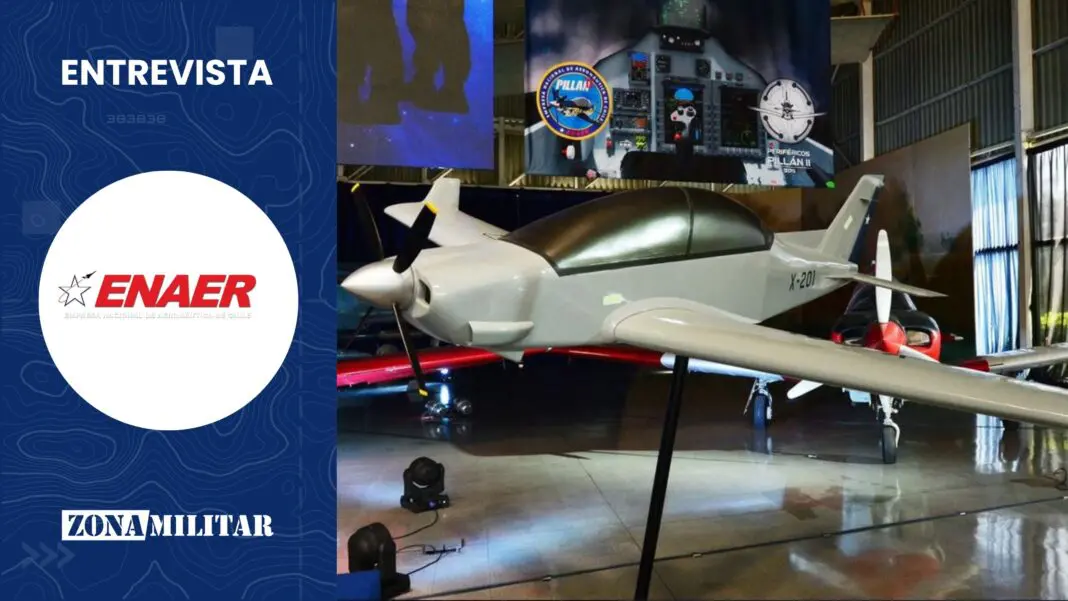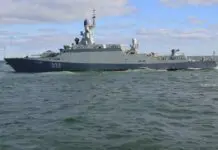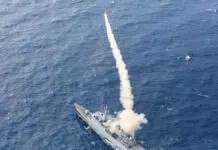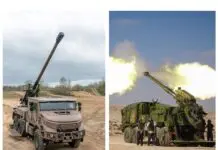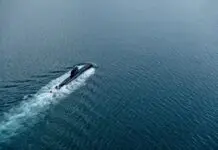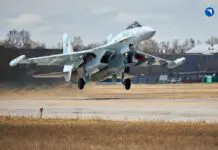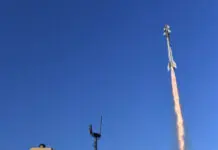Within the framework of the International Air and Space Fair (FIDAE), the Zona Militar team was able to have access to an interview with Empresa Nacional de Aeronáutica de Chile (ENAER). Representing ENAER, Alberto Alfaro, its marketing manager, gave us some details about the projects of one of Chile’s main aeronautical companies.
The interview follows.
ZM: Could you give us some details of the exhibition we are attending?
AA: To begin with, our star product is the Pillan II, which is what we are developing now, and what we are showing is the progress that has been made in the project, which began in 2022 with the purchase of the Air Force, coinciding with the previous FIDAE of 2022.
From that time to the present we already have several advances. At this moment we are already in the detail design stage, where plans are already being made, working everything to start production. The production of the aircraft should start in 2025, to have the prototype flying in 2026. Then, the certification phase will begin, which will take a year or so, and then the series production for the Air Force, which is 34 aircraft, to be delivered in the first of 2025, with a batch of at least 6 in 2027. That is, the first batch, and then there is an option for more units.
ZM: The Pillan II follows the legacy of the first Pillan, the T-35. What advances, what technology are you incorporating in the 21st Century to improve training?
AA: The conception of the Pillan is more than an airplane, what is being done is an integrated training system, and everything that is being put into the airplane or developed is state-of-the-art technology, because it is an airplane that we are thinking of flying for the next 20 years.
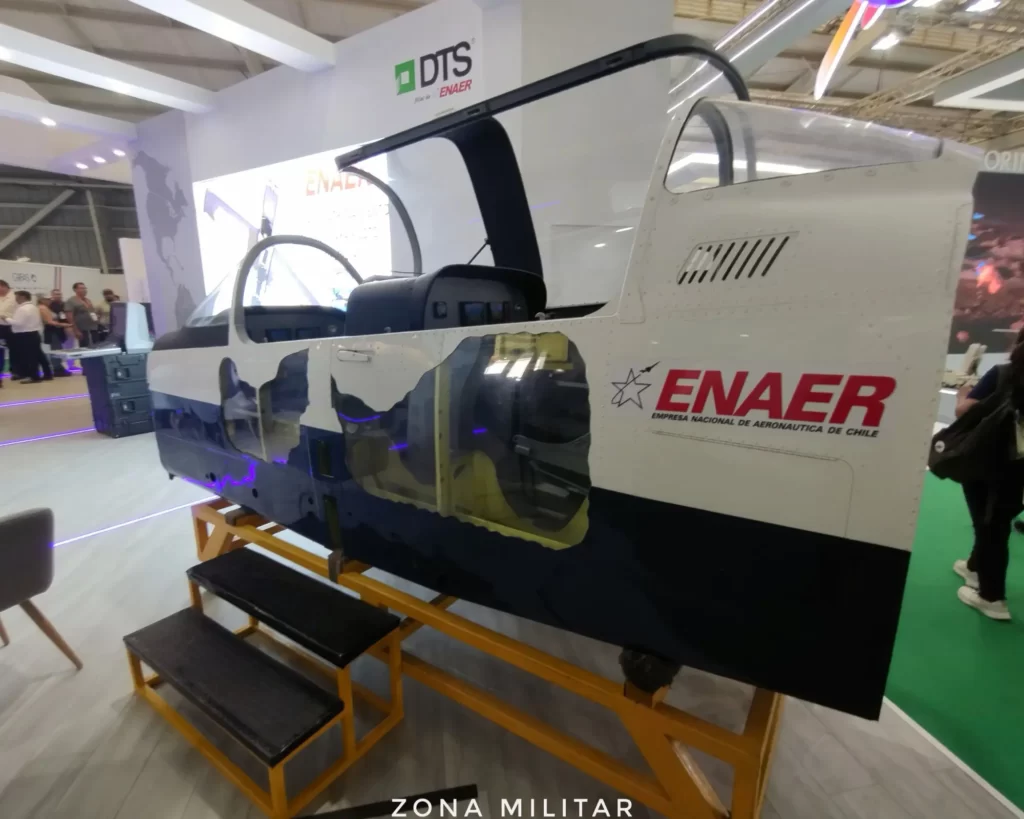
Therefore, many things are concepts that currently either do not exist or are very modern. For example, in this system concept, the aircraft is the most important part, but it is accompanied by a series of peripherals or subsystems for debriefing, planning, simulation, maintenance support, and each of these systems has special technologies.
For example, the simulator is a mixed reality simulator, where the pilot puts on his virtual reality helmet in a small area and visualizes a virtual outside world… but when he looks at the cockpit and touches the cockpit, it is the real thing. Even when he makes a maneuver it is synaptic, he feels the resistance of the flight, therefore, there is a very immersive experience in the simulator that saves hours of flight time. This same advance in augmented reality, in virtual technology, is being used to develop maintenance applications for maintenance technicians, where a technician will be able to put on glasses with special controls and will be able to see the aircraft virtually and perform some maintenance maneuvers virtually. Therefore, he will learn.
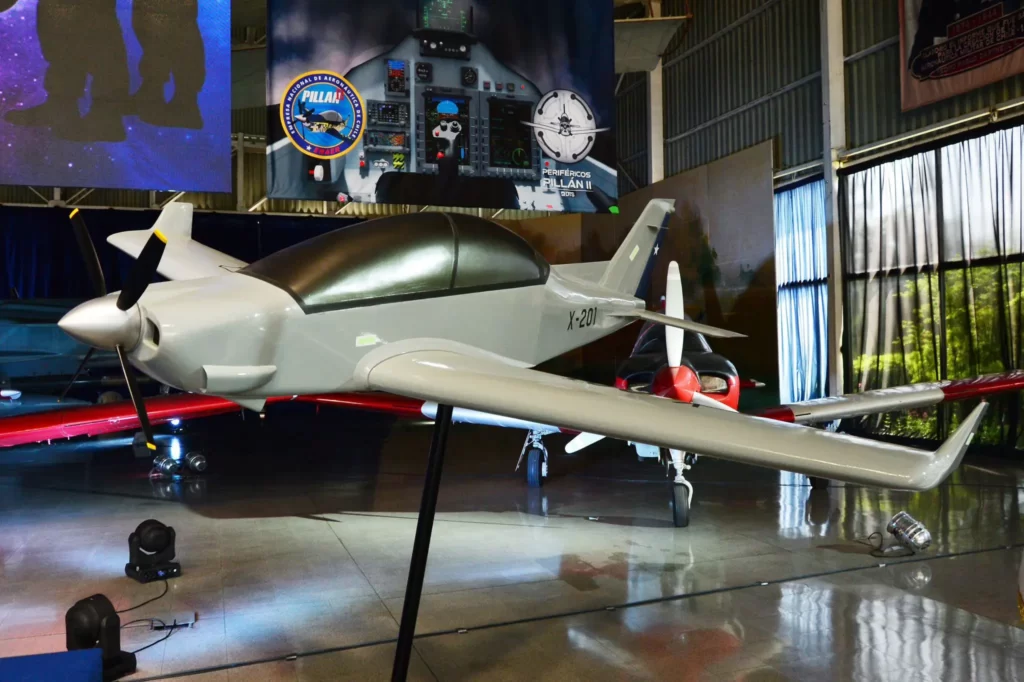
At the same time, there are transparent glasses, which are like lenses, that the operator can look at the aircraft and he will be able to see, he will look at an area and some kind of instruction or some kind of technical order will appear. With a tablet he will be able to do the same, point to a manual, point to an area of the aircraft and the technical instruction will come out. So it has a series of new virtual technologies in the peripheral part, and as for the aircraft, it is totally digital, it has new engines, composite materials, new manufacturing technology, it is being built with new manufacturing technologies and it will be able to converse with all the other systems. What does this conversation with all the other systems that make up Pillan II allow? It’s going to be able to generate data, big data from the pilot flights and from the instruction of the flight schools that operate on Pillan II. And what does that allow? Improve the programs. Maybe there is some maneuver, some type of mission that is included in a flight program of some institution that will be able to define, hey, this needs to be improved in such a way and there will be data that will be able to make those decisions in a more knowledgeable way.
ZM: Leaving the local level of the Chilean Air Force, we are convinced that ENAER is also betting on the Latin American market to promote the Pillan II, taking into account that many air forces need to take this step to a new training system.
AA: Exactly.What we hope as a company is to repeat the success of the export of the Pillan, which is flying in 7 countries, besides the Air Force.We hope that this Pillan II can replicate that success.We already have some interested parties.There are two versions of the aircraft. There is a reciprocating or conventional version and a turbo version. The Air Force is the conventional one because the Air Force uses the aircraft only for training.
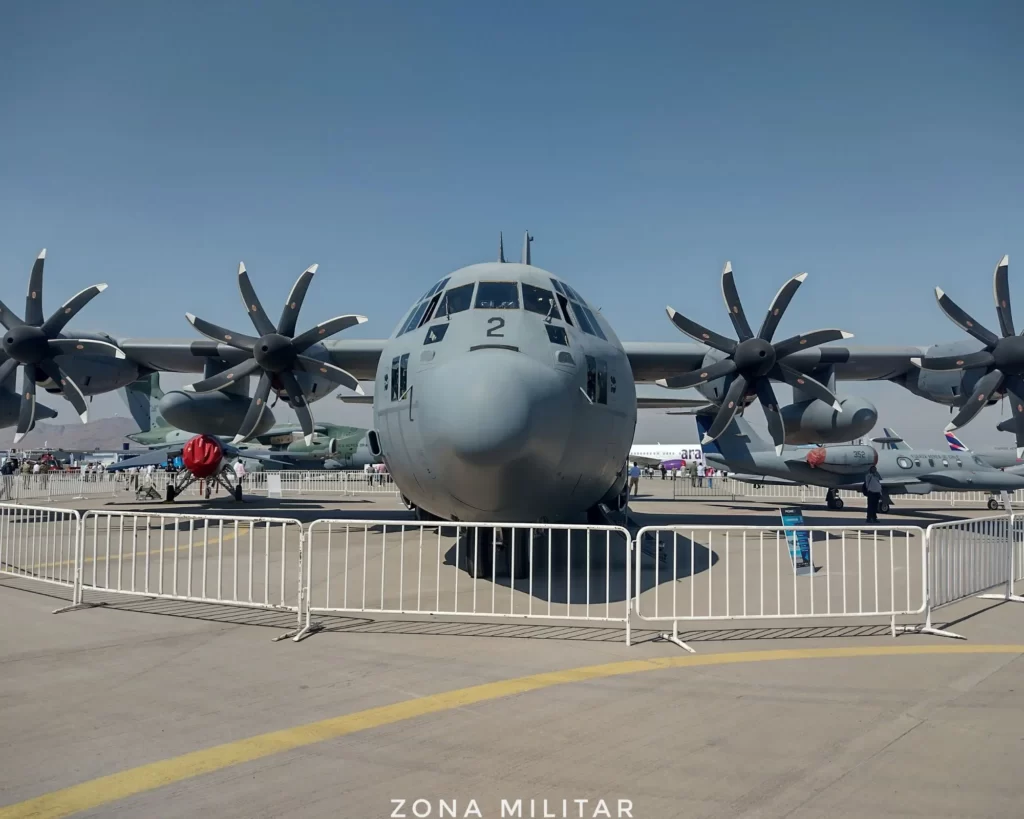
But we know that there are other customers, such as the Navy or some other smaller Air Force, which require an aircraft with more versatility, and that is why we are also developing a turbo version. The product is exportable and we hope to export it to Latin America and we visualize some interest in Africa.
ZM: Besides the Pillan, ENAER also provides other services to the Chilean Air Force. You are in the maintenance of Hercules KC and C-130H and are in the propeller replacement program. Can you tell us about the status of the project? Knowing that one of these Hercules is also on display?
AA: Yes, the other part of the exhibition focuses on C-130s. We are a Lockheed Martin certified company for maintenance and we also participate in the Hologram program, which allows us to manufacture parts with our manufacturing capabilities for the C-130s that are under maintenance in our company, certified by Lockheed, therefore, it guarantees our quality.
In the NP-2000 field, the Air Force aircrafts required this improvement to be applied to the propellers .Last year we started this project, we made three airplanes that are already flying with NP-2000. All three are in service. Two more are planned for this year. In the world of NP-2000 propeller replacement, there are two companies that do it: Tayonex in the United States and we started this development last year. We are already advanced, we can already do it on our own and that is something we are presenting because we know that there are many needs in the future and current needs to make this implementation.
ZM: Taking into account that Colombia received two Hercules and Ecuador a short time ago, are you in a position to provide this service and this change of the propeller set to other South American air forces or other countries?
AA: Absolutely, that is the objective, to export this capability, this knowledge to make this development in Latin America and around the world. In its history, ENAER has worked with Hercules as far away as Bangladesh has come.
You may also like: ZM at FIDAE – ENAER advances in the update of the propellers for the K/C130H Hercules of the Chilean Air Force


